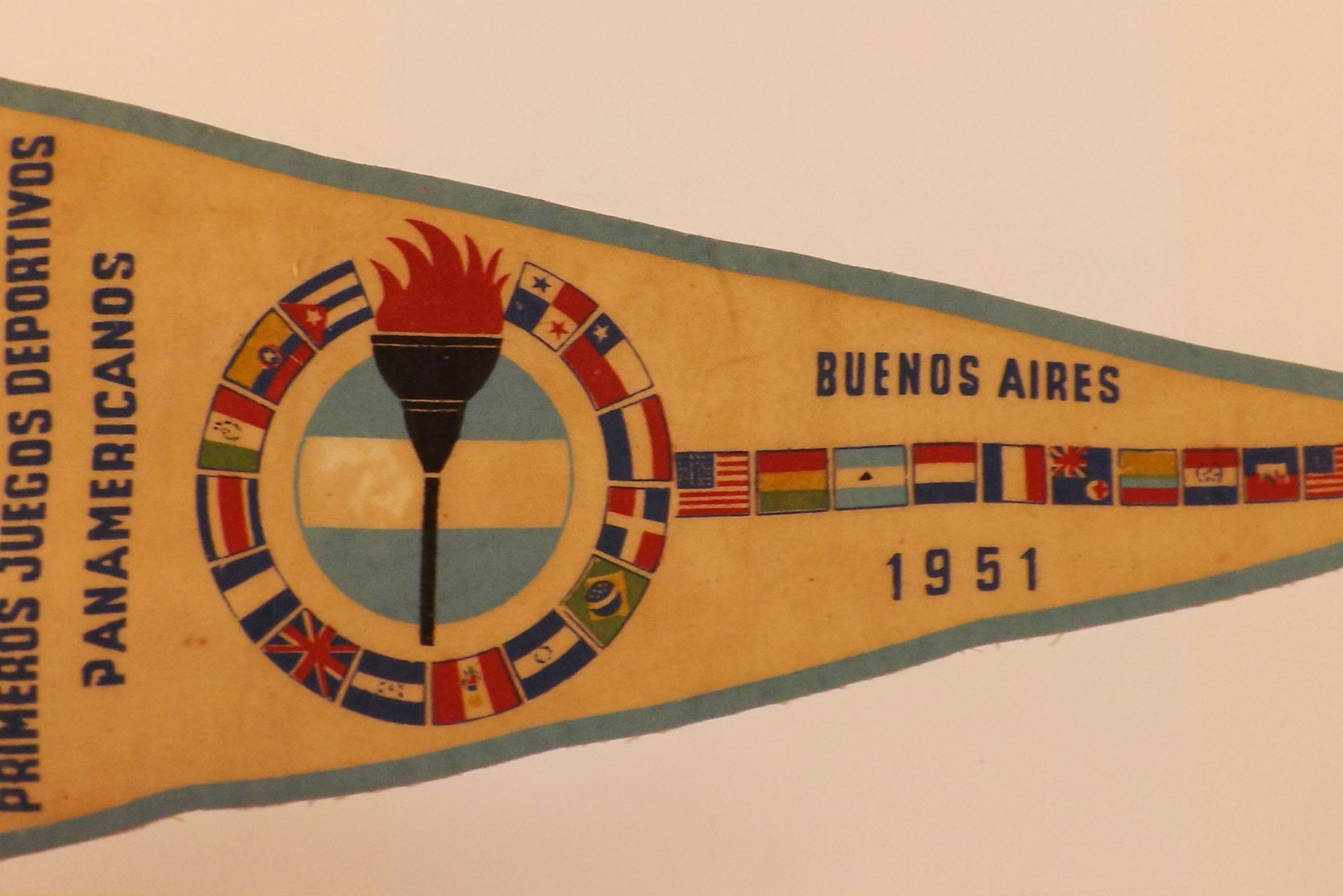Our Heritage
Wake Forest Plays Ball In Buenos Aires: The 1951 Pan-American Games

On February 22, 1951, 12 Wake Forest College students touched down in Buenos Aires, Argentina, ready to make history at the inaugural Pan American Games. The United States Olympic Committee had chosen the Demon Deacons baseball team to represent the country, a testament to their impressive records during the 1948, 1949, and 1950 seasons. With two consecutive Southern Conference titles and a runner-up finish in the 1949 College World Series, Wake Forest’s selection was a huge honor for the small Baptist school in North Carolina.
The idea of the Pan American Games concept originated in the early 1930s in the midst of the Roosevelt administration’s pursuit of the “Good Neighbor Policy,” which sought to shift U.S. relations with Latin America away from unilateral intervention. In 1937, Texan leaders organized the Greater Texas Pan American Exposition in Dallas, an event they hoped would foster stronger economic and cultural ties between the United States and Latin America. They created an athletic competition as a main attraction for the event, calling it the “Pan American Olympics.” Encouraged by the Pan American Olympics, and in response to the cancellation of the 1940 Olympics, delegates from North and South America met in Buenos Aires to formally establish a plan for regular Pan American Games.
The inaugural games were initially slated for June 1942 in Buenos Aires. However, the onset of World War II and rising tensions between Argentina and the U.S., led to repeated postponements. Finally, the games were scheduled for February 25 through March 8, 1951.
The inaugural Pan American Games enjoyed considerably more fanfare than the 1937 event in Dallas – especially in North Carolina. Six of the 12 players on the Wake Forest baseball team were North Carolina natives. The team’s roster included four pitchers – Max Eller from Statesville, Dick McCleney of Chadbourn, Stanley Johnson, Jr. of Greensboro, and Don Woodlief of Hopewell, Virginia. The infield was composed of first baseman Wiley Warren from Roanoke Rapids, second baseman Jack Stallings from Durham, shortstop Bob Coluni from Amsterdam, New York, and third baseman John Liptak from Bridgeport, Connecticut. Behind the plate was catcher Alton “Tunney” Brooks from Wilson, while the outfield featured Kent Rogers of Hinton, West Virginia, Frank Whener of College Point, New York, and Harron “Junie” Floyd of Norfolk, Virginia.
Local newspapers closely followed the team’s journey, reporting on it daily. The News and Observer even enlisted the team’s first baseman Wiley Warren, who was also the sports editor for Wake Forest College’s student newspaper, to write several articles during the trip. In the days leading up to the start of the games, Warren reported that “The baseball team looks like a battery of cameramen...every player has one...and every player already has snapped endless photos.” His articles also captured the team’s concerns about their lack of Spanish-speaking skills and their enjoyment of Argentinian steaks. Newspapers contributed to the excitement by publishing fun facts about Buenos Aires, with the Greensboro Daily News reporting on February 22, 1951, that “Buenos Aires is in approximately the same position South of the Equator as Wake Forest is North.”
The games officially began on February 25 with a grand opening ceremony featuring speeches by Argentine President Juan Perón and his wife, Eva Perón. Max Eller recalled the thrilling ceremony: “Teams of each nation marched into this giant stadium that held 120 thousand fans. A moat circling the field separated the teams and the fans, reminiscent of medieval castles.” Each nation marched into the stadium to a 21-gun salute, accompanied by a 300-piece band playing each country’s national anthem. In addition to baseball, U.S. athletes competed in a range of sports, including boxing, cycling, fencing, gymnastics, modern pentathlon, shooting, swimming, water polo, weightlifting, wrestling, and track and field.
The baseball tournament itself was a combination of round-robin and elimination play, during which the Wake Foresters faced their fair share of troubles. Players complained about overgrown baseball fields, and the language barrier made communication between coach Terry Sanford and the umpires difficult. Despite these obstacles, the team finished with a 5-2 record, tying Mexico for second place. Cuba ultimately claimed the title.
Since 1951, the Pan American Games have been held every four years in various countries, including Argentina (1951, 1995), Mexico (1955, 1975, 2011), the United States (1959, 1979, 1987), Brazil (1963, 2007), Canada (1967, 1999, 2015), Colombia (1971), Venezuela (1983), Cuba (1991), the Dominican Republic (2003), Peru (2019), and Chile (2023).
Today, the Wake Forest Historical Museum houses an extensive collection of memorabilia from the 1951 Pan American Games, including photographs, medals, and posters. Among the artifacts is a felt pennant saved by Don Woodlief, which will be featured in the museum’s “Artifact of the Month” exhibit beginning in December. This collection serves as a tribute to the remarkable achievements of the Wake Forest baseball team and their historic role in the first Pan American Games.
Sarah Soleim
Manager of community and academic learning for the Wake Forest Historical Museum and Wake Forest College Birthplace.

